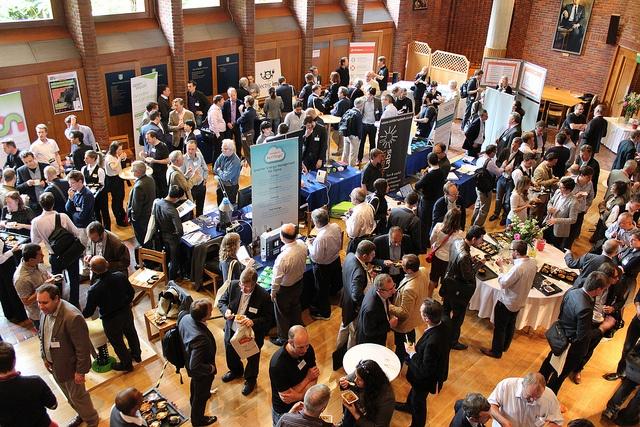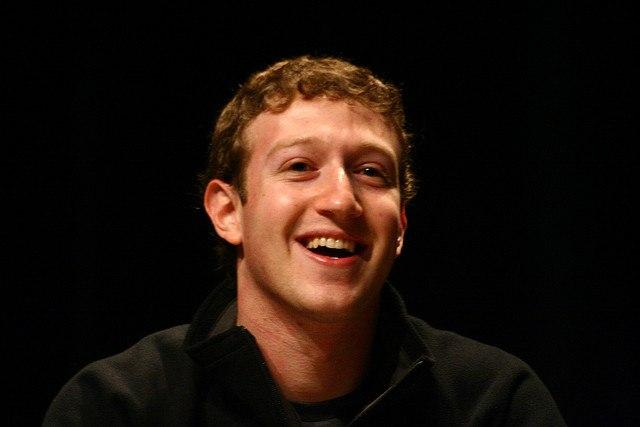The IoT: Turning Reactive Businesses Proactive


By Tom Chapman
It’s been said that the Internet of Things (IoT) has the power to revamp technology, but in truth, it’s capable of doing a whole lot more. This global network of connected objects is poised to revolutionize human life, and a big part comes down to its impact on the business world.
Companies, like individuals, are searching for ways of using connectivity to make their lives easier. Most are successful too, and it’s only early, so further innovations and improvements should be expected.
A big part of the IoT’s power comes in its ability to help businesses operate proactively instead of reactively; it essentially addresses problems before they’ve become problems.
Customer service
In few contexts is this more obvious than in customer service. These days, customers and clients demand immaculate support around any product or service they’ve invested in. They expect it through a number of different channels too: social media, telephone and email are just three examples.
When these products and their surroundings are hooked up to the web, they have the ability to collect, process and act upon data automatically, without any human involvement. Look around and you’ll see that so many objects already use sensors to highlight issues for safety reasons. Cars, for instance, tell us when their engine temperatures increase, and the driver knows if any seatbelts haven’t been used in the back.
This is all clever stuff, but once you start connecting these sensors to a wider network, they can do much more than just alert the user to an issue – they can keep the manufacturer and seller involved by delivering data, and even trigger automated fixes.
Even if the consumer still needs to connect with a business, the assistant receiving the call or email will already be aware of how often the product is used, the last time it was serviced, and maybe even more about its current state. This kind of data is now available in real-time.
Product innovation
Estimates vary, but experts believe the Internet of Things will comprise billions of devices by the end of this decade. They will all have their own purposes, but are linked by one common theme – they collect heaps of useful data.
Armed with this information, businesses are able to pre-empt their audiences’ changing needs. They can see, in detail, how their products are being used, highlighting patterns that could reveal the best possible next steps.
A connected car, for instance, could provide its maker with information on how it is driven. This could then influence the designers of the next model, who can focus on specific improvement areas without having to hear it direct from the customer.
Business process revolution
Every business, whatever it sells, runs on processes. Whether this is following up a marketing email or going through all of the forms required during the recruitment process. However simple, these processes take time – some a lot more than others. It could be a case of taking data from one place and using it to put something else into action.
With the right sensors and connected technologies in place, you have the power to automate so many of these repetitive and menial jobs, leaving staff to put their valuable skills to much better use. The more man-hours you save, the more you can dedicate to your customers’ happiness.
In summary, business owners should be as excited as the rest of us when thinking about the Internet of Things. The overused cliché of the automatic milk-ordering fridge is definitely possible, but it will be changes like those above that alter the world most noticeably.
Image credit: Flickr/Mark Littlewood
Tom Chapman is a content specialist for Vertical Leap - A search marketing agency based in Portsmouth and London, UK - He has excellent knowledge of marketing as well as technical matters such as the Internet of Things.


















